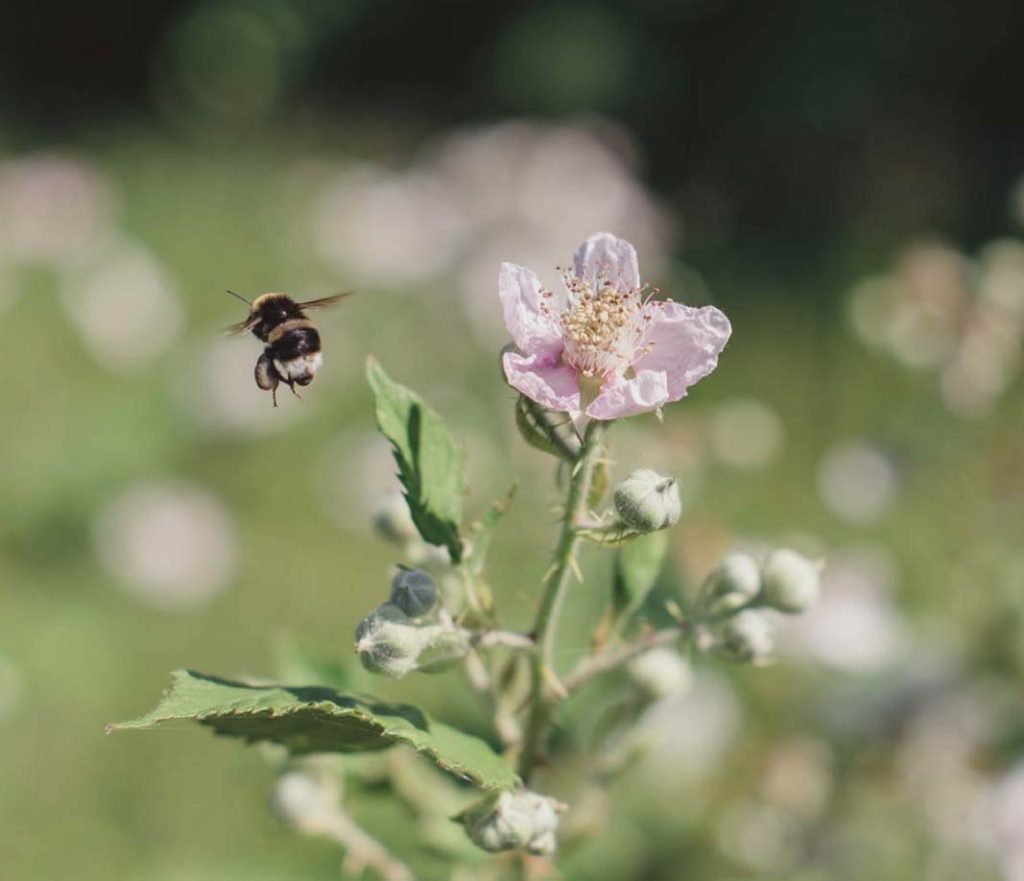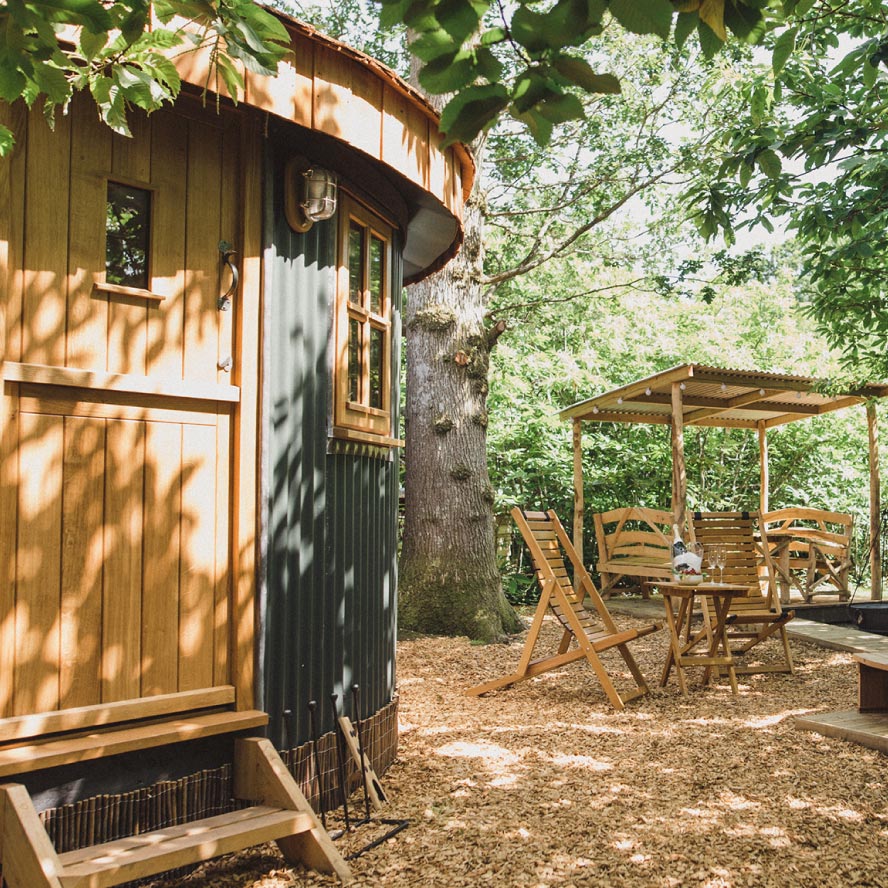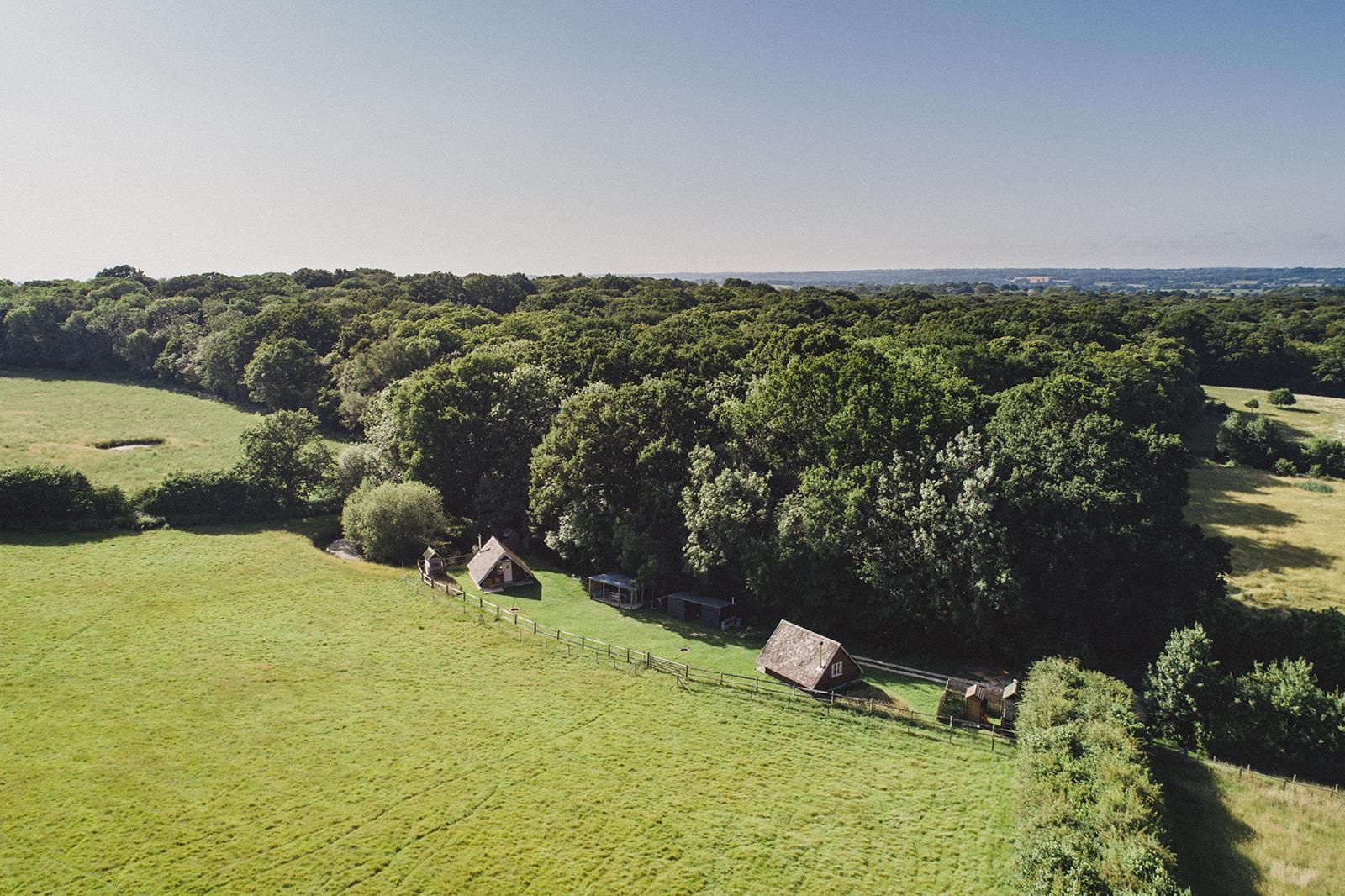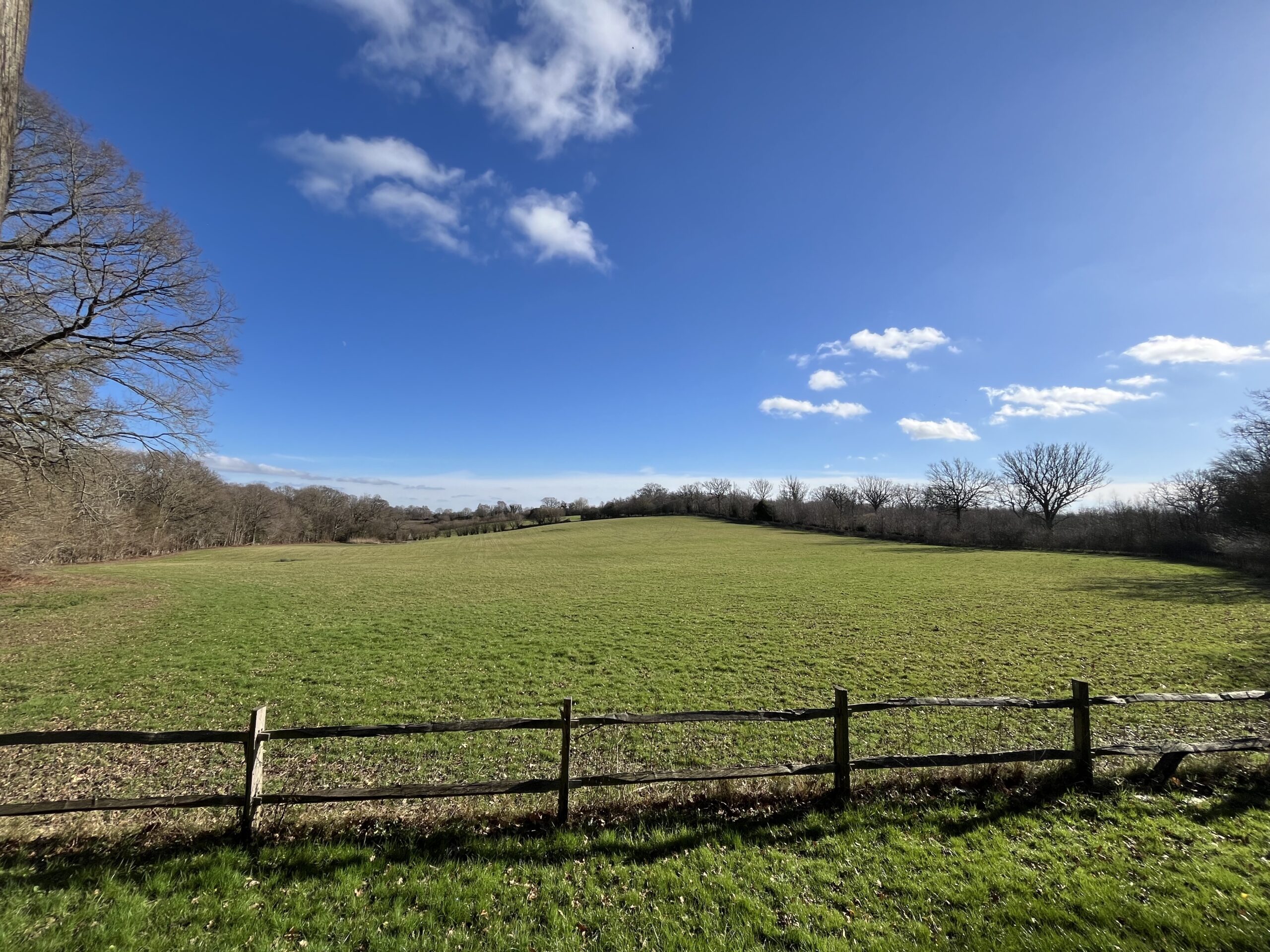This month is all about planning for spring. One of the jobs we got out of the way in January was cleaning out all of the existing bird boxes we have around the farm. Old nests and debris need removing and the boxes cleaned each year so they are ready for new inhabitants to move in. If boxes have taken a beating over winter we make any repairs necessary, but then the fun part is adding to our community of bird boxes in the hope of encouraging even more birdlife to Swallowtail Hill.
We try to make sure that we’re providing for as many different sorts of bird life as we can. By far the most common sort of box we use are standard small nesting boxes – perfect for most small garden birds. Jason, who many of you have met when you visit, makes these for us, importantly they have a hinged lid so we can empty and clean them easily between seasons. This photo shows the latest collection he’s been making – ready for putting up around the farm this month.
But plenty of our feathered friends have different housing requirements so we’ve got something to suit everyone! Robins, wagtails and rens prefer an open fronted nesting box – so we’ve some of these dotted around. We have some wedge-shaped boxes which are ideal for treecreepers. House sparrows – which are much in decline – like to be more social during nesting season – so they like a ‘terrace’ bird box which is one space inside but has several entrances so up to three pairs of sparrows can nest colonially.
We have boxes with larger entrances especially for starlings, then there are the really large boxes which are perfect for jackdaws, tree nesting ducks, doves and wood pigeons.
Last but not least there are those bird houses that I like to call ‘speciality dwellings’ – we have huge barn owl boxes, and then tawny owl nesting boxes which are more like wooden tubes strapped to the underside of branches – designed to replicate a tree hollow which would be used naturally. We have plenty of nesting cups in the open barns for the swallows that return to us each year and after whom we are named. A new addition this year that I’m excited about is our kestrel box. We’ve often spotted kestrels hunting over our field margins this past year so we thought we’d include a special box for them too – it’s a deep box with a wide entrance and a sturdy perch. We’re going to need our tallest ladder for this one – it needs to be mounted high up with really good views to attract nesting kestrels – but it also needs to be facing away from prevailing weather. So we’ve got some thinking to do to plan the right spot.
Putting up the nesting boxes is one of my favourite jobs early in the year because it’s a good reminder that spring is on its way, and we’re giving the birds a helping hand to make sure they have some safe places to nest.
I love seeing what birds we have on the farm across the year. It’s very clear to us which populations have increased since we began our conservation work.
At the end of last month we took park in the RSBP Big Garden Birdwatch. If you don’t do this already – make a note to participate next year. All you have to do is sit and watch your garden / park / local outside space for one hour and count the birds you see land. You then submit your data and it helps give the RSPB a really good idea of how our bird life is faring.
We're on Instagram.
Follow us for the latest updates, stories, reviews and much more.
Awards & Accreditations













